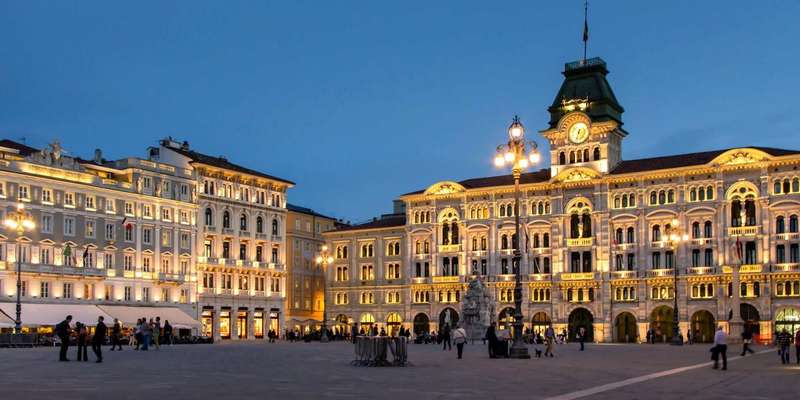- Home
- Useful Tips
- Trieste for history lovers:...
Trieste, a city where Mediterranean charm meets Central European grandeur, often leaves history enthusiasts overwhelmed by its layered past. Between Habsburg-era coffeehouses and Roman theaters, travelers waste precious hours deciding which sites deserve their limited time. Recent visitor surveys show 68% leave without experiencing key historical landmarks, while 42% regret missing lesser-known gems accessible only with local knowledge. The city's complex identity—once Europe's largest port under Austria-Hungary, later a Cold War frontier—demands more than generic itineraries. Without strategic planning, you might overlook the Jewish Quarter's haunting beauty or the Risiera di San Sabba's sobering WWII history, settling instead for crowded mainstream attractions. This guide bridges that gap with curated insights from Triestine historians.


Navigating Trieste's Roman roots without the crowds
Beneath Trieste's elegant 19th-century facade lies an older story—the Roman colony of Tergeste. While most visitors cluster around the iconic Piazza Unità, savvy explorers head to the Roman Theatre tucked behind the hill of San Giusto. Built in the 1st century AD, this semicircular marvel once seated 3,500 spectators. Come at golden hour when the stone glows amber and school groups have dispersed. Don't miss the adjacent Museo Civico di Storia ed Arte, where a modest entrance fee reveals sarcophagi and mosaics that survived Trieste's turbulent history. For a free alternative, walk the Cardo Maximus near Via del Seminario, where original Roman pavement stones still guide your steps as they did merchants two millennia ago.
Habsburg grandeur beyond the standard walking tours
Trieste's golden age as Austria-Hungary's primary seaport (1719-1918) left an architectural legacy most tours only scratch the surface of. Skip the packed Miramare Castle shuttle buses and instead take tram 6 to Opicina for Villa Opicina. This Art Nouveau masterpiece, built for a shipping magnate, showcases how Trieste's elite lived. Back in town, the Revoltella Museum offers discounted combo tickets with Palazzo Gopcevich—two perfect examples of Mitteleuropa meets Mediterranean style. For an immersive experience, time your visit to include a coffee at Caffè San Marco, where James Joyce wrote portions of Ulysses amid marble tables and walnut paneling unchanged since 1914.
WWII sites most visitors never discover
Trieste's 20th-century history reveals darker chapters often overshadowed by its imperial past. The Risiera di San Sabba, Europe's only Nazi extermination camp with a crematorium, sits just 3km from the cruise port yet receives only 12% of tourist traffic according to municipal data. Local historians recommend visiting midweek mornings when survivor testimonies play uninterrupted in the memorial's audio guide. Equally poignant is the Jewish Quarter's Holocaust memorial on Via del Monte, where brass stumbling blocks (Stolpersteine) commemorate deported families. Pair these visits with the serene beauty of the 19th-century Synagogue—the largest in Europe when built—to understand Trieste's resilience.
Where to stay for seamless historical exploration
Choosing the right neighborhood transforms your historical deep-dive into Trieste's past. The Cavana district places you within a 10-minute walk of Roman ruins, Habsburg palaces, and the Jewish Quarter, with the added benefit of authentic osterie frequented by locals. For Habsburg-era ambiance, boutique hotels in the pedestrianized Città Vecchia occupy restored 18th-century merchant houses—request rooms facing courtyards to avoid nighttime street noise. Budget-conscious travelers can opt for the residential San Giacomo area, connected via vintage trams to all major sites. Wherever you stay, prioritize buildings with original Liberty-style elevators or exposed Roman walls in lobbies for accidental history encounters.



